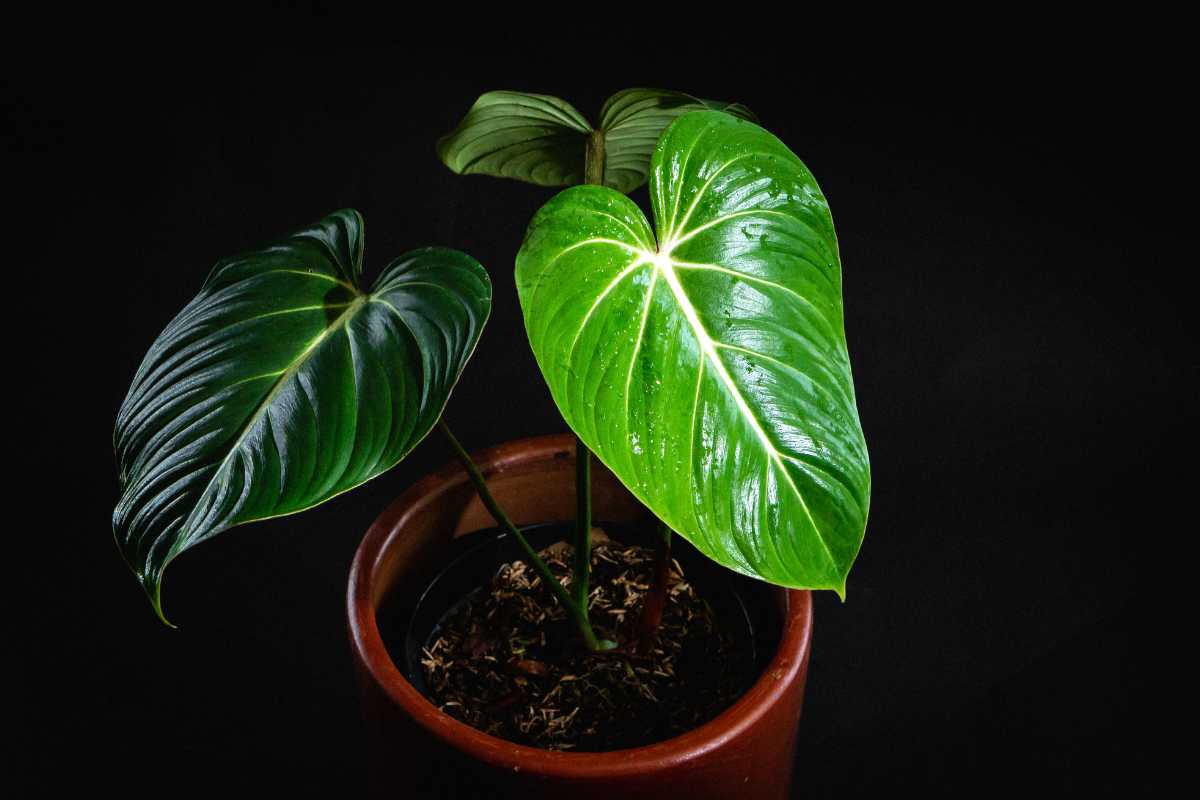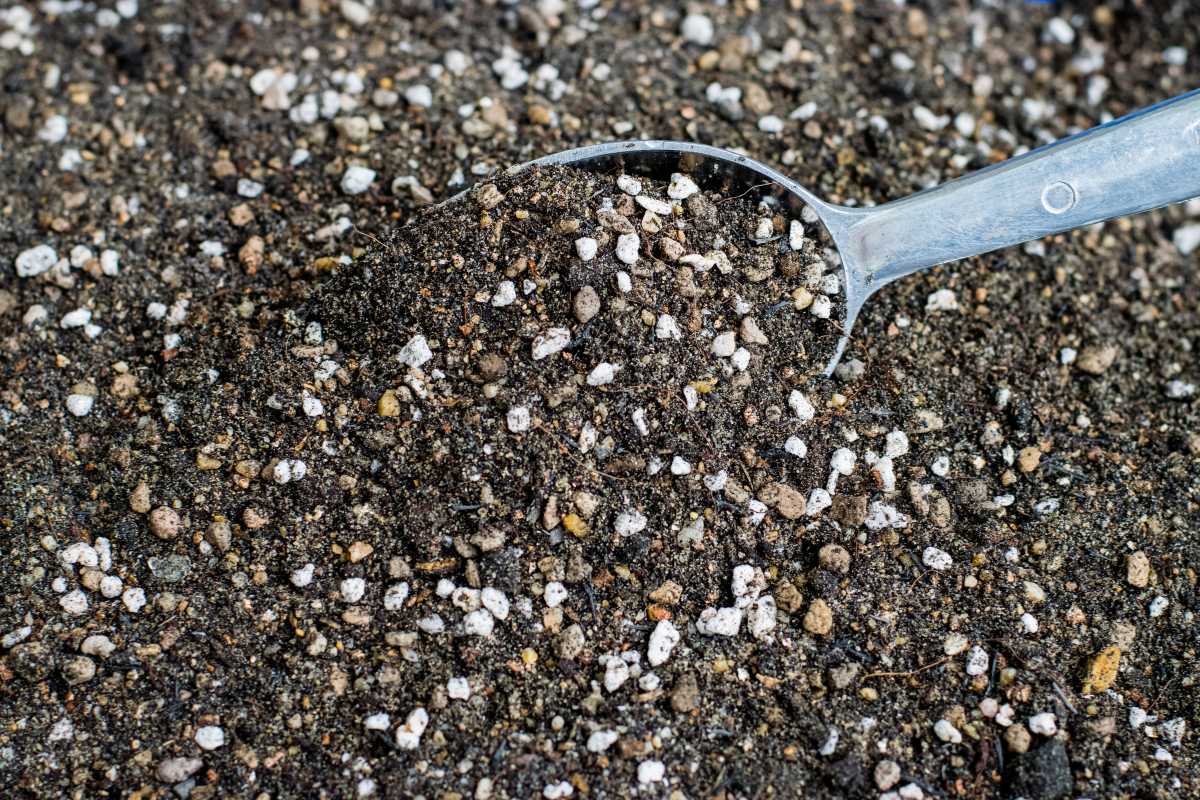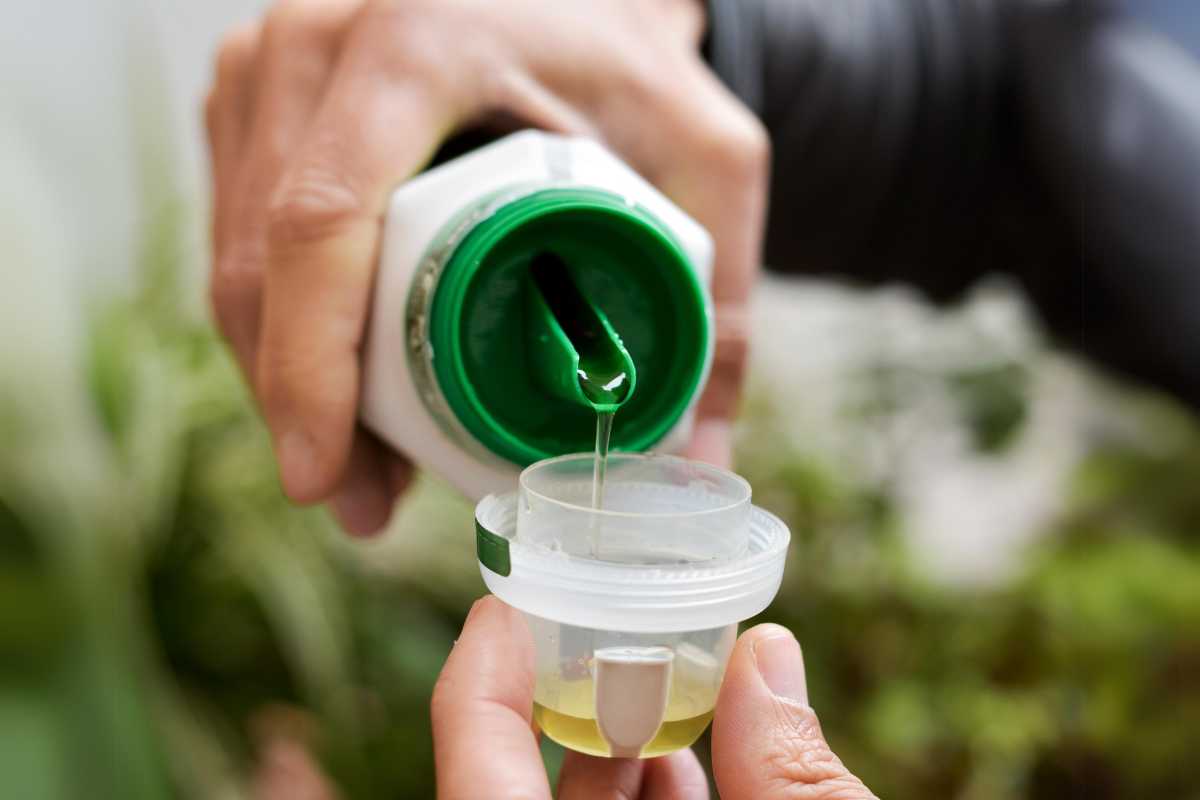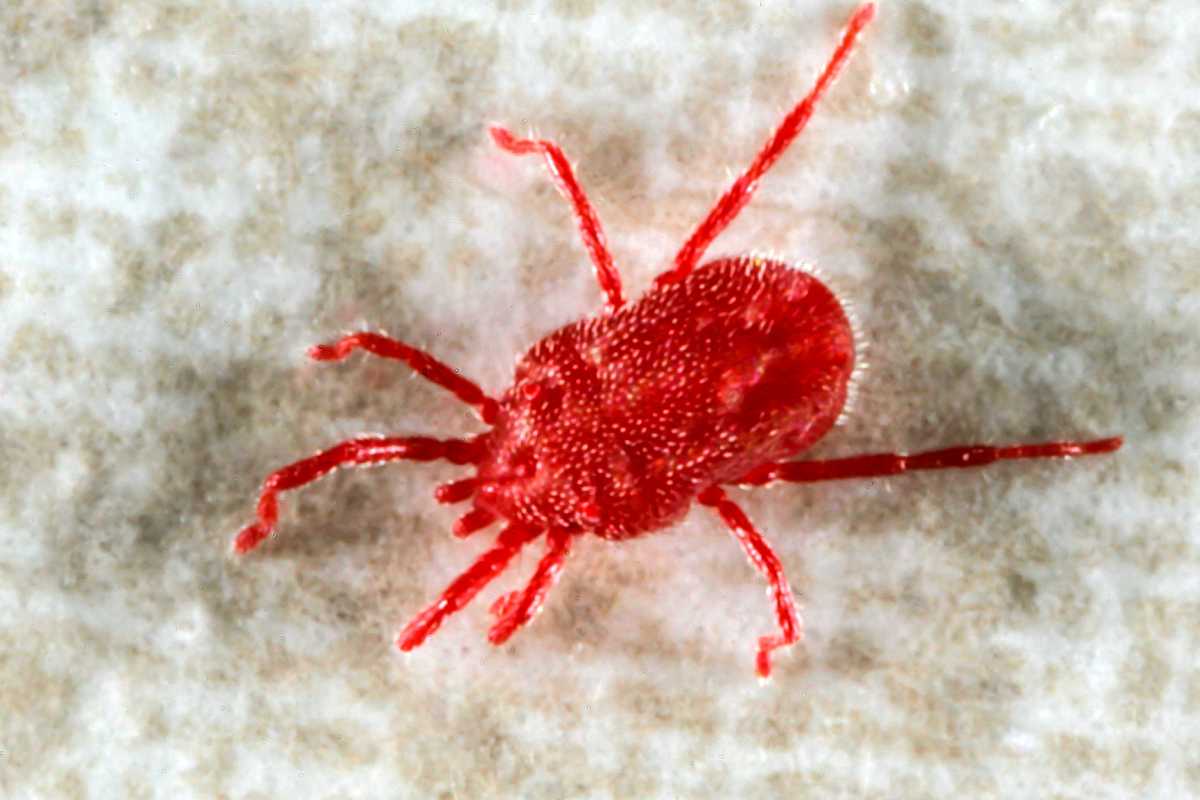The Philodendron Gloriosum is a beautiful houseplant with large, dark green leaves. But how do you care for the Philodendron Gloriosum? What kind of soil should you use? And what environmental conditions does it need for healthy growth?
I’ll go over everything you need to know about caring for the Philodendron Gloriosum.
Philodendron Gloriosum Overview

The Philodendron Gloriosum is a giant philodendron variety with gorgeous heart-shaped leaves in a deep shade of green with distinctive white veins. This terrestrial plant is increasingly popular with plant lovers worldwide.
A native of tropical rainforests in western Brazil, Columbia, Mexico, and Venezuela. It is a member of the Araceae family and is botanically known as the Philodendron gloriosum. It’s often called the Velvet Philodendron or the Anthurium Gloriosum.
It is unique and rare among philodendrons because it grows from a rhizome that likes to be partially exposed outside the soil. It does not climb or trail, but creeps along the ground.
Philodendron Gloriosum Care Guide
The Philodendron Gloriosum needs a bright, warm location with filtered light, and protected from hot and cold drafts.
The foliage can grow as much as two feet in length on stems that grow to three feet. Consider the following specifics for taking care of your Gloriosum.
Soil for the Philodendron Gloriosum

The Philodendron Gloriosum is sensitive to waterlogged soil and will develop root rot if left standing in water. It likes loose, well-draining soil with high organic matter that will retain moisture.
You should add perlite to quality potting soil. This will aid in drainage. The soil pH level should measure between 6.5 and 7.5.
If you wish to blend your growing medium, use two parts of peat moss and one part perlite. Orchid bark is another good option to add in to your own potting mix. Then add in worm castings for nutrition.
Light for the Philodendron Gloriosum
This plant should not be exposed to direct sunlight as it will scorch the plant’s sensitive leaves. Your Gloriosum can be positioned near a window if there are curtains, a screen, or similar to be used as a filter.
The Philodendron Gloriosum is a slow grower and needs lots of bright indirect sunlight for healthy growth. From a leaf spike to a new leaf opening, it could be at least a month. If your plant is positioned in a low light environment, consider using grow lights.
Water and Humidity for the Philodendron Gloriosum
Common to all Philodendron plants, overwatering is the greatest risk to the Gloriosum, often leading to root rot and death.
Water your Philodendron when the top inch of the soil bed is dry. Test the soil by putting your finger an inch into the soil. You can press your finger into the soil bed. If it’s moist, wait until it’s dry before watering again. Once it’s dry, water thoroughly until excess water emerges from the pot’s drainage holes.
If you use tap water for your plant, let it stand out for 24 hours so that chlorine can evaporate and disperse. Or use filtered water, distilled water, or collected rainwater as better choices for the type of water.
The optimal humidity level for the tropical Gloriosum is 60%. However, it will do well in environments with 40% to 50% humidity. Should Gloriosum foliage develop brown leaf tips, this is a sign that humidity levels are low.
Several good ways to increase environmental humid conditions include:
- Using a pebble tray
- A humidifier near the plants
- Misting your plant regularly
- Grouping several houseplants together
Temperature for the Philodendron Gloriosum

As a tropical plant, this Philodendron cultivar needs warmth. The ideal temperature range is between 65° and 85°F. The Gloriosum should not be kept in an environment with temperatures below 60°F.
They should also be located away from areas with drafts, heating, and air conditioning units and vents.
Fertilizer for the Philodendron Gloriosum

The Gloriosum needs to be treated gently. This is particularly true when it comes to feeding. Fertilize once a month during the growing season using a balanced 20-20-20 houseplant liquid fertilizer that you have diluted to half-strength.
Only fertilize during the growing season. The dormant season is during winter months, so it’s best to hold off on feeding.
Take care not to overfertilize as this can cause salt buildup in the soil bed. If you notice white spots on the soil surface, that’s an indication of mineral buildup. You’ll need to flush your plant’s soil of mineral buildup.
If you notice droopy leaves and/or yellow leaves, the plants might have a nutrient deficiency. You can either repot with nutrient-rich soil or feed your plant fertilizer.
Pruning the Philodendron Gloriosum

The Philodendron Gloriosum rarely needs pruning because it grows so slowly. But you will need to remove or trim dead and diseased foliage.
You can also prune if you want to reduce the size of your plant.
Repotting the Philodendron Gloriosum
A Philodendron Gloriosum is such a slow grower, that it will not require repotting as much as many other houseplants. Repotting should be done during the growing season and only when it shows signs of being rootbound.
If its growth seems to come to a stop or is abnormal, your plant may need to be repotted. Other signs include yellow foliage, poor retention of moisture, and visible and emerging roots.
Watch for these signs to know when it might be time to repot:
- Reduced growth
- Leggy growth
- Roots emerging through the soil surface
- Roots emerging out of the pot’s drainage holes
- Yellow leaves
Here’s how to repot a Philodendron Gloriosum:
- Choose a pot size that is one to two inches larger
- Fill the pot half full with fresh potting mix
- Remove the plant gently from the old container
- Remove the old soil from the roots and remove any damaged roots
- Place the plant into the new pot and fill the rest of the pot with potting mix
- The plant’s rhizome should be placed on top of the soil surface
- Water thoroughly and return the plant to its location
Propagating the Philodendron Gloriosum
The quickest and easiest way to propagate the Philodendron Gloriosum is through the use of stem cuttings. This can be done either in water or soil. It is best to propagate during the growing season.
How to Propagate with a Stem Cutting
- With sterilized scissors or garden shears, cut a stem length four to six inches in length. The cutting should have two to four leaves.
- Place your cutting to dry on a paper towel. Leave it for a few days until the cut has been calloused over. Once the cut has healed, dip the cut end into growth hormone.
- Place your cutting into potting soil or filtered water. If you opt to grow in water, change the water every three to four days to avoid bacteria growth.
- If using potting soil, cover your plant and the container with plastic to maintain the levels of humidity and the temperature.
- Your cutting should be placed in a warm space with very bright indirect light. It will take several weeks for roots to form.
- When roots are at least an inch in length, you can replant your cutting in potting soil.
Philodendron Gloriosum Toxicity and Pets

The American Society for the Prevention of Cruelty to Animals (ASPCA) shares that all Philodendrons are toxic to pets as they contain calcium oxalate crystals. Philodendrons can be toxic to humans, so small children should also be kept away and plants placed out of reach.
Calcium oxalate crystals cause swelling, burning, and can cause difficulty breathing. Sap will irritate the skin. Ingestion of large quantities can contribute to kidney failure in pets.
Ingestion and poisoning symptoms to watch for include:
- Your pet is without appetite
- Swollen lips, mouth, and tongue
- Mouth lesions
- Vomiting
- Pawing at the face
- Problems swallowing
- Excessive salivation
If a pet ingests Philodendron Gloriosum leaves or other parts, the mouth should be rinsed out immediately. Also, the skin should be rinsed and washed after contact with the sap.
If your pet suffers swelling, contact your vet. For severe symptoms, take your pet to emergency care.
Philodendron Gloriosum Pests, Diseases, and Problems

Pests
The most common pests to be on the lookout for on the Philodendron Gloriosum are:
- Spider Mites – When leaves are mottled with brown or yellow it’s the mites!. Use insecticidal soap or organic neem oil.
- Aphids – When new growth is stunted or damaged, your plant most likely has an aphid infestation.
Insecticidal soap will help resolve pest infestations.
Philodendron Gloriosum Diseases
The largest risks for your Philodendron Gloriosum include bacterial infections, fungal infections, and root rot. Overwatering is usually the reason for these diseases.
Symptoms of these diseases include:
- Growth interruption
- Stunted Growth
- Wilting leaves
- Rotten foliage
- Mushy plant parts or mushy roots
- Yellow or brown spots on leaves
- Small white spots on foliage
Remove all infected plant parts such as leaves, stems, and roots. Wash the remaining healthy roots and treat them with fungicide afterward. Repot your plant in fresh soil. Wait several days before watering.
One disease to keep an eye out for is Bacterial Leaf Spot. Spots will develop on the edge of leaves. They turn a rusty brown color with a yellow ring around them. The leaf will begin to wilt and then die.
All affected foliage should be removed and disposed of to avoid transmitting the disease. Consider repotting the plant and applying a fungicide.
Philodendron Gloriosum Final Thoughts
If you want a rare plant that has low care requirements, the velvety Philodendron Gloriosum is a special and unique exemplar among Philodendron varieties. If you like the idea of a giant Philodendron, consider this beautiful houseplant for your home or office.
For more guides on caring for other philodendron houseplants, check these out:
Philodendron Gloriosum FAQs
Is Philodendron Gloriosum hard to care for?
The Philodendron Gloriosum is very easy to care for. All you need to do is keep the soil moist at all times. Water when the soil is dry and don’t overwater. Too much water can cause root rot. And remember to fertilize once a month during the growing season.
Is Philodendron Gloriosum fast growing?
No, the Philodendron Gloriosum is not a fast grower. It grows slowly and will take 1-2 months from a leaf spike to a new leaf. If you have patience, you will see its full potential with its large, beautiful leaves.
Is Philodendron Gloriosum endangered?
The Philodendron Gloriosum is not an endangered plant species, but it is a threatened species. They’re a highly popular philodendron plant, but because they grow slowly, the supply cannot meet the demand. These plants are native to tropical regions of Central America and South America, so it can be hard to find them elsewhere growing in large groups.
How big is the Philodendron Gloriosum?
The Philodendron Gloriosum can grow to 3-4 feet tall with leaves that can grow 2-3 feet long. It can take a month or longer for new leaves to fully develop.
How often should I water my Philodendron Gloriosum?
You should water your Philodendron Gloriosum 1-2 times per week during the growing season in the spring and summer months. During the winter months, you should water your Gloriosum once every 2 weeks. But before watering, always check to see if the top 1-2 inches of soil is dry before watering. Different climates will dry the soil in different time frames. Watering your philodendron regularly keeps it healthy and happy.


